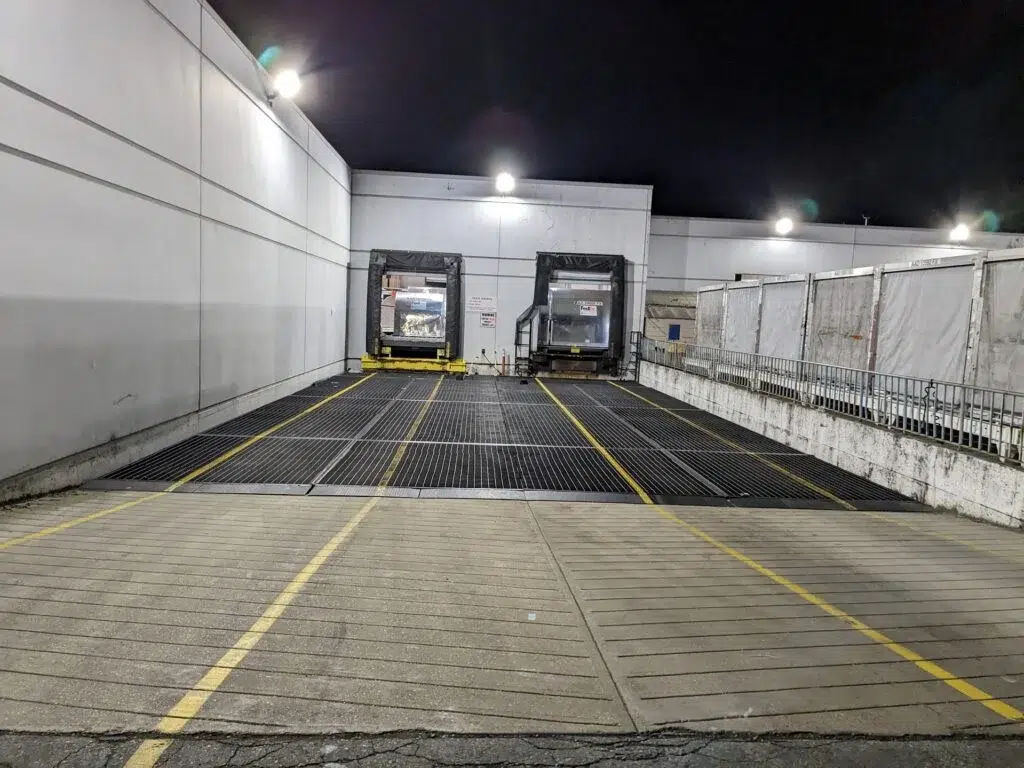The valuable service offered by online translation agencies helps people communicate through different languages. The translation process faces special difficulties when working with specific languages. This article investigates the translation difficulties that particular languages create for online translation tools and services.
Unique Linguistic Structures
One major reason why some languages are more difficult to translate is because of their unique linguistic structures. For example:
Free Word Order Languages
Unlike English, which has a relatively fixed sentence structure, languages like Latin, Turkish, and Finnish have free word order. The meaning doesn’t change significantly based on how words are arranged.
For example, “Dog bites man” and “Man bites dog” have very different meanings in English. However, in free word order languages, the words can be switched without altering the core meaning.
This flexibility poses challenges for systems to grasp the right context and intended meaning. But a professional translation, such as from Rapid Translate, copes with such difficulties.
Tonal Languages
The three languages, Thai, Mandarin and Vietnamese, operate as tonal systems where tone variations change word meanings. The tone you use while pronouncing a word determines whether the message will be positive or negative to the listener.
Recordings do not succeed in capturing digital versions of these subtle tone variations. Proper tone transmission plays a vital role since improper transmission may cause meaning to disappear during translation.
Agglutinative Languages
Agglutinative languages like Turkish, Finnish, and Korean rely heavily on suffixes and prefixes added to root words to convey meaning. For example, in Turkish, “ev” means house, while “evler” means houses.
The many potential combinations make it difficult for translation tools to interpret the composite words correctly.
Character-Based Languages
Languages like Chinese, Japanese, and Korean are written with characters rather than an alphabet. Each character conveys meaning on its own. When combined, the meaning can change dramatically based on context. This makes automated translation more complex.
The number of potential characters is also vast—over 50,000 in Chinese. This means translation tools need an extensive database to choose from. Getting the right characters and definitions is crucial yet difficult, even for advanced AI.
Regional Dialects and Localization
While a language may be common globally, regional dialects can vary enormously. Even English spoken in the UK vs. the US has key differences in spelling and vocabulary. For major languages like Spanish, Arabic, or Hindi, the variations between countries and regions are even more dramatic.
Capturing these localized nuances poses a major obstacle to accurate translation:
Accents and Pronunciation
Even if two regions speak the same root language, accents and pronunciation can differ radically. Speech recognition software still struggles with strong regional accents. This can lead to incorrect transcriptions.
Local Slang and Idioms
Each cultural group and community creates its distinctive slang vocabulary and mystifying expressions through social evolution. The phrases exist beyond direct translation possibilities. The expression “it’s raining cats and dogs” has a nonsensical meaning when translated outside English.
Translation tools face difficulties in communicating authentic meanings of local slang and idiomatic expressions because they need the proper cultural context.
Divergent Dialects
Some dialects have evolved so dramatically that they’re almost distinct languages. For example, the dialects of Arabic vary greatly across North Africa, the Middle East, and Asia. The differences in vocabulary and grammar can be stark.
Trying to bridge these divergent dialects is extremely difficult, even for advanced translation systems.
Limited Data and Resources
Precise translation operations depend on algorithms that need large bilingual databases and dictionaries along with thesauruses and textual components. The scarce availability of translation resources exists for various niche languages along with regional languages and languages that have limited speakers, therefore creating added difficulties for translators.
Under-Resourced Languages
Minority and Indigenous languages often lack robust datasets and parallel corpora needed to develop translation tools. For languages with only a few million speakers globally, compiling this data is costly and time-consuming.
Consequently, translation quality suffers greatly for under-resourced languages lacking linguistic data.
Rare Language Pairs
Most translation tools and datasets focus on common language combinations like English to Spanish, often supported by widely available resources such as a Spanish translator. However, translating niche language pairs like Indonesian to Mongolian or Hindi to Malay is far less common.
As a result, finding parallel bilingual data to train translation algorithms for rare language pairs is extremely difficult. This contributes to subpar translation output.
Emerging Terminology
Language is fluid and ever-evolving. That means new terms are constantly entering the lexicon, especially for technology, science, medicine, social issues, and more.
Translation tools calibrated on older data will struggle to account for these emerging terms. Without continual updates, the terminology will become outdated and inaccurate over time.
Human Touch Still Required
Artificial intelligence brings great progress to automated translation, but it remains unable to match human understanding of language. Using machine translation as an only method results in multiple opportunities for mistakes to occur.
Cultural Nuances
Human translators acquire cultural knowledge and intuition living and working within a language community. This allows them to discern nuances of meaning and intent that automated tools miss.
Accounting for cultural contexts is crucial for accurate translations. When communication styles and societal norms differ radically across languages, translation quality suffers without a human perspective.
Emotional Cues
The comprehension of emotions, including sarcasm and irony and humor, proves to be intensely complex. A translator’s competence to communicate emotional signals determines the success of their message delivery.
Engineered NLP systems face major hurdles when trying to identify different emotional aspects of language. Human insight is essential to maintain emotional elements that disappear when translation occurs without human intervention.
Subject Matter Expertise
Professional expertise is necessary for achieving precise translations of technical or complex documents. Stable segments like legal documents, medical studies and financial records depend completely on industry-specific language.
Machine translation shows a deficiency in handling specialized terminology and subject-matter concepts because it lacks operational experience in actual domains. Top-quality translations require human experts who have experience in the specific subject area.
Overcoming Translation Challenges
To deliver accurate and culturally sensitive translations across all languages, the most effective approach combines cutting-edge technology with experienced human linguists.
Customized Machine Translation
Leading translation agencies develop customized machine translation software tuned specifically for each language pair. This allows for greater precision across linguistic structures.
The systems feed on immense datasets to better grasp terminology, dialects, and writing conventions in each target language. With sufficient data, results continue to improve.
Professional Human Translators
The delivery of complete meaning and intent requires human translators. Elite linguists supply their expertise in subject areas and cultural context as well as emotional depth to their translations.
Professionals working in translation should demonstrate native proficiency in multiple languages without exception. The ability to translate directly into their native language makes it possible for them to do so without any issues.
Hybrid Model
The combination of machine translation with human intervention delivers the best accuracy levels. The initial draft process uses automated tools for speed, but professional human translators enhance the quality to make it suitable for publication.
Through this united strategy, organizations achieve the best mix of linguistic precision and cultural accuracy. The specific adaptation of hybrid model solutions to language types and content forms results in better outcomes.
Conclusion
Language translation through instant communication has become achievable, yet maintaining complete language accuracy continues to be a major difficulty. The complexity results from the special language structures, inconsistent dialects, and limited database availability alongside unique cultural traits. The modern world lacks complete technological solutions to replace human translators in their professional roles.
Leading translation agencies work to enhance machine translation capabilities through skilled linguist modifications for their customers. Such mixed translation methods have proven most effective in eliminating language barriers so ideas can travel freely between global communities.











